Ursus spelaeus (Cave bear)
8585Cave bear (Ursus spelaeus Rosenmüller, 1794)
Order: Carnivora
Family: Ursidae
Dimensions: length - 2,8 m, height - 145 сm, weight - 300-800 kg
Temporal range: Pleistocene of Eurasia ((400 000 – 24 000 years ago)
Cave bear is an extinct species of bear that lived in Eurasia in the middle and late Pleistocene and got extinct approximately 24,000 years ago. Its specific name (Lat. spelaeus) comes from the fact that its bones are often found in caves. The body length of this bear reached 2.7-3.5 m, which is 30% longer than contemporary brown bear. The frontal part of its body was more developed than the rear, its legs were short and strong, and its head – massive. The skull of cave bear differs from that of brown bear by its tight-bend temple, as well as the absence of frontal premolar teeth.
Probably, cave bears were vegetarian, and their ration consisted of grass and honey. However, in winter, when it was cold, cave bear could hunt Ungulata or other animals.
Cave bear inhabited only Eurasia, where it formed a number of geographic races that differed in size. The cause of its extinction was the climate change that occurred at the end of Würm glacial period, when forest areas decreased dramatically, leaving cave bear without food. However, hunting by ancient humans also played an important part in its extinction.
Cave bear (Ursus spelaeus Rosenmüller, 1794)
Order: Carnivora
Family: Ursidae
Dimensions: length - 2,8 m, height - 145 сm, weight - 300-800 kg
Temporal range: Pleistocene of Eurasia ((400 000 – 24 000 years ago)
Cave bear is an extinct species of bear that lived in Eurasia in the middle and late Pleistocene and got extinct approximately 24,000 years ago. Its specific name (Lat. spelaeus) comes from the fact that its bones are often found in caves. The body length of this bear reached 2.7-3.5 m, which is 30% longer than contemporary brown bear. The frontal part of its body was more developed than the rear, its legs were short and strong, and its head – massive. The skull of cave bear differs from that of brown bear by its tight-bend temple, as well as the absence of frontal premolar teeth.
Probably, cave bears were vegetarian, and their ration consisted of grass and honey. However, in winter, when it was cold, cave bear could hunt Ungulata or other animals.
Cave bear inhabited only Eurasia, where it formed a number of geographic races that differed in size. The cause of its extinction was the climate change that occurred at the end of Würm glacial period, when forest areas decreased dramatically, leaving cave bear without food. However, hunting by ancient humans also played an important part in its extinction.

-797x638.jpg)
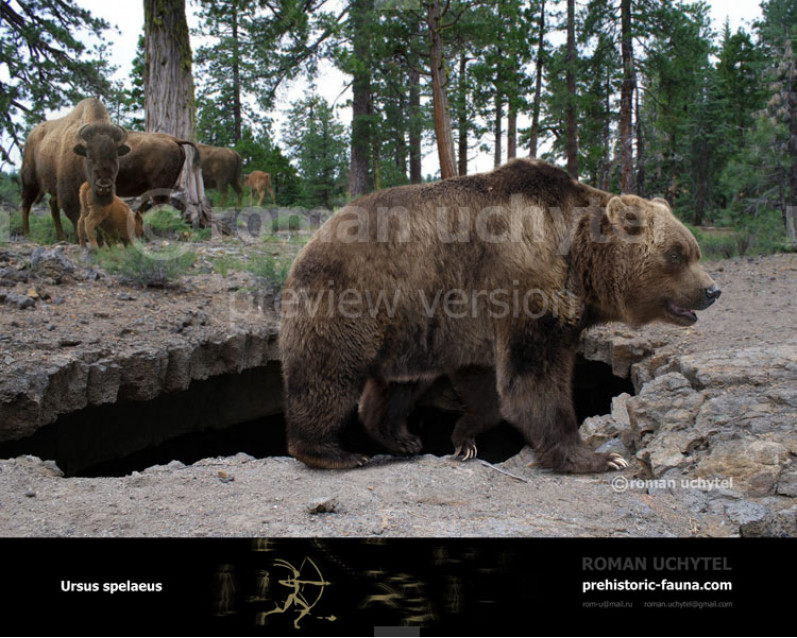
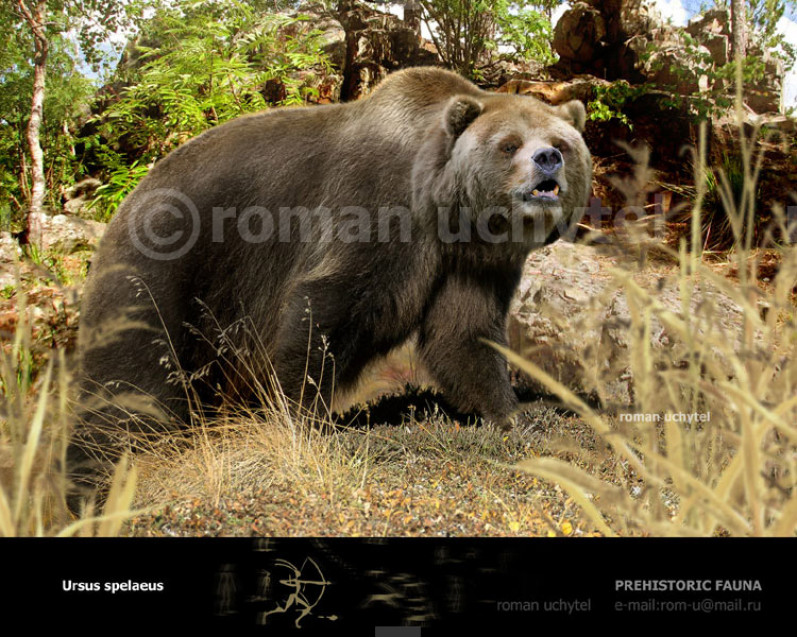
1-797x638.jpg)
-2-797x638.jpg)
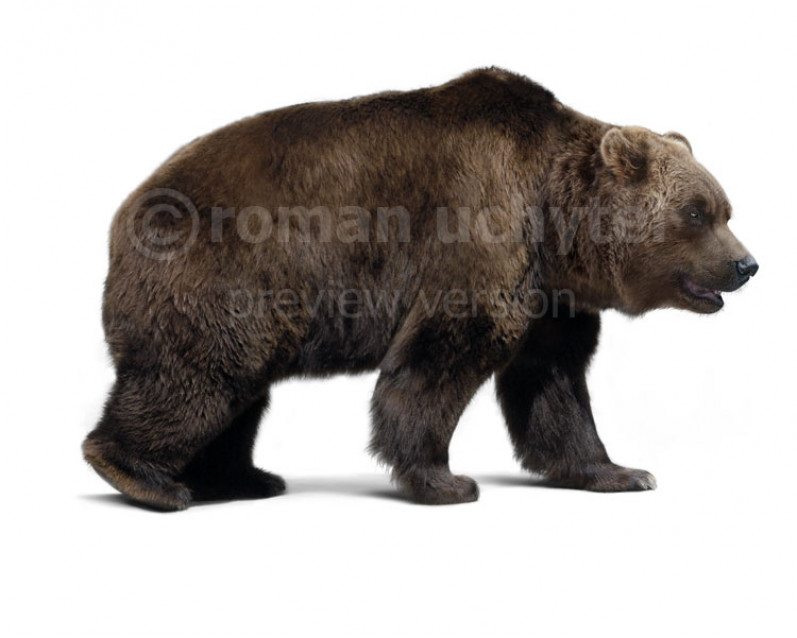
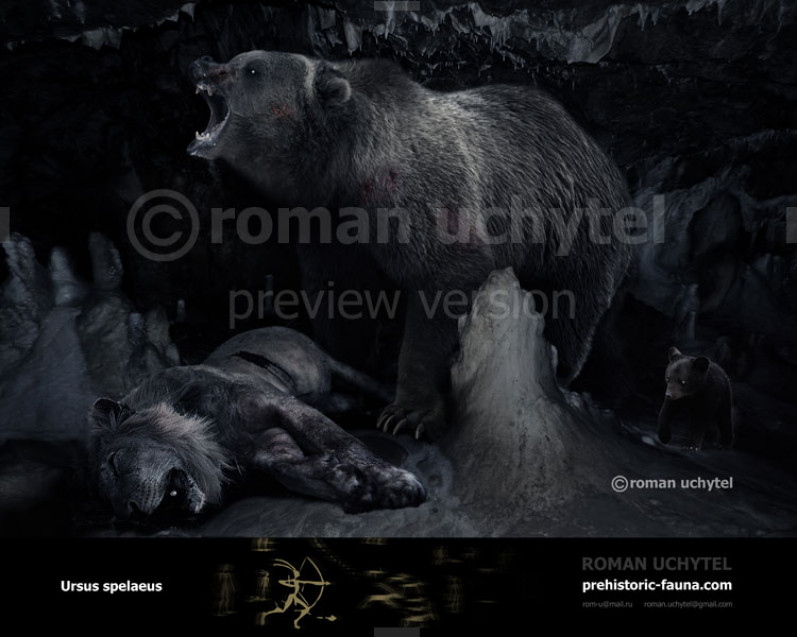
-797x638.jpg)
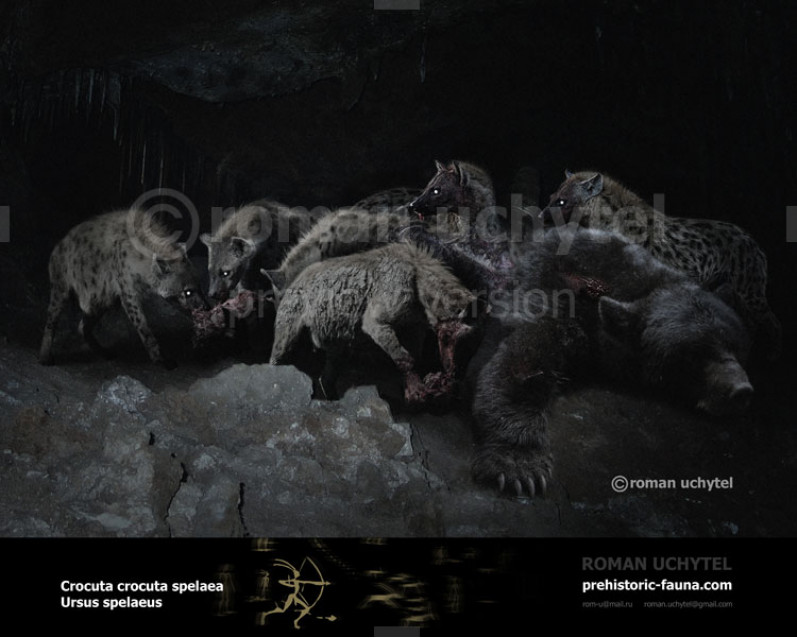
-797x638.jpg)
1-797x638.jpg)
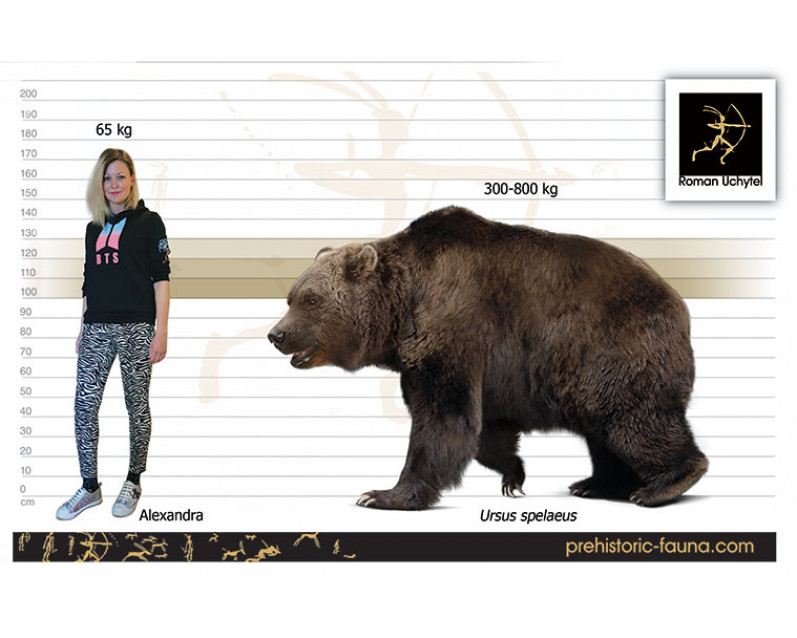
-70x56.jpg)


1-70x56.jpg)
-2-70x56.jpg)


-70x56.jpg)

-70x56.jpg)
1-70x56.jpg)

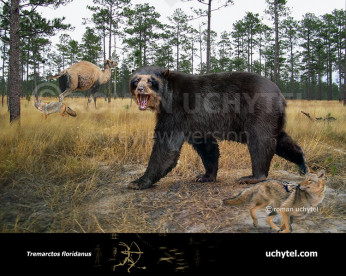
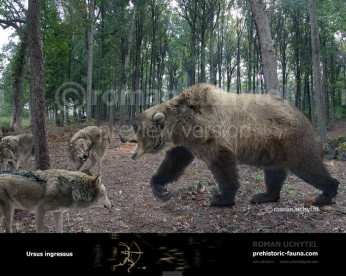
-346x277.jpg)
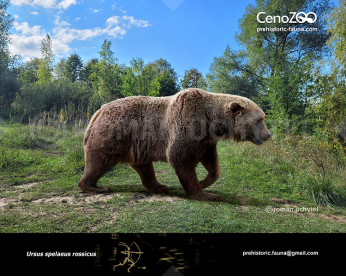
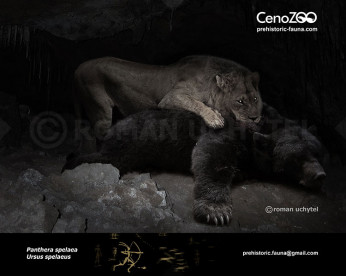
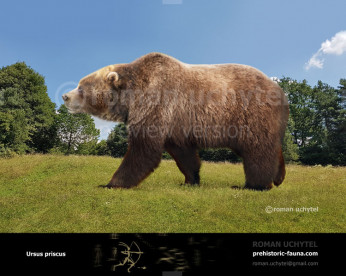
1-346x277.jpg)
-346x277.jpg)